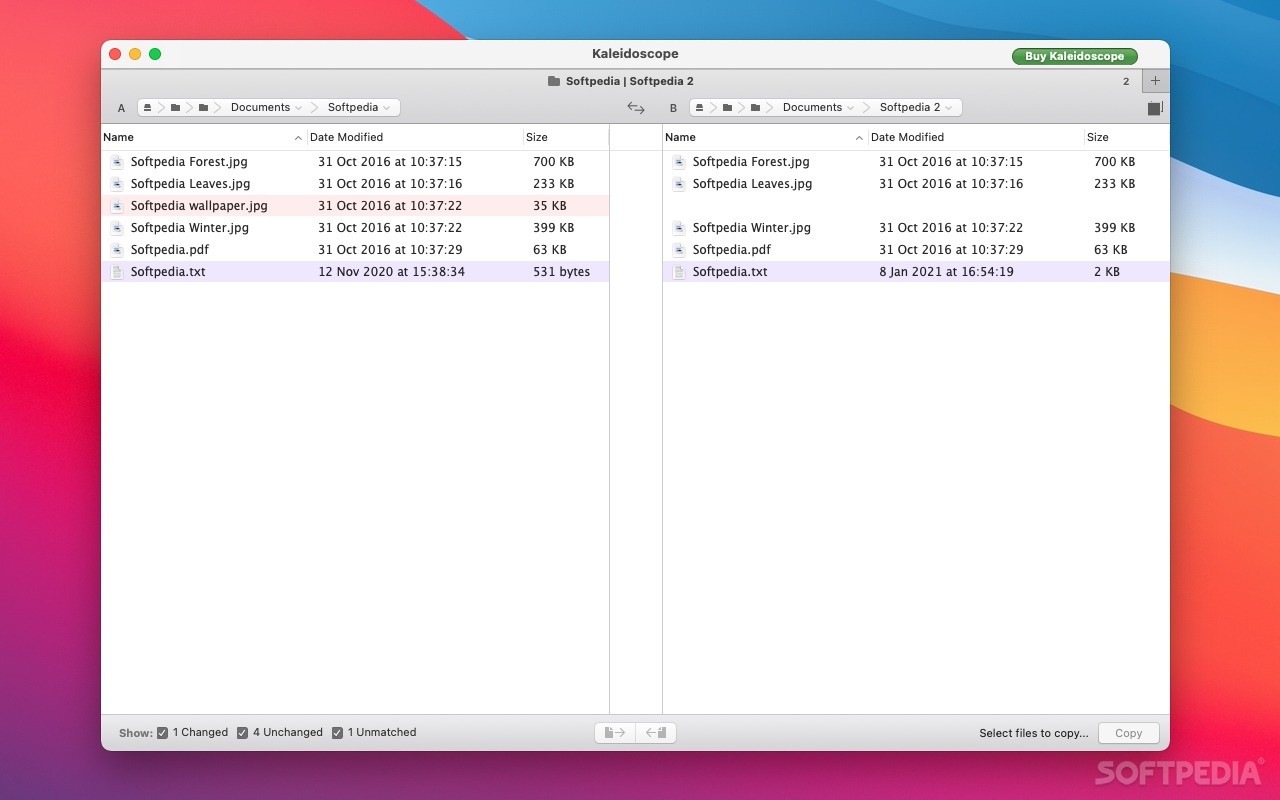

- Kaleidoscope app javascript how to#
- Kaleidoscope app javascript code#
- Kaleidoscope app javascript series#
Compiling a Shader and looking up locations
Kaleidoscope app javascript code#
There's a few extra helpers and lower-level functions if you need them but those 6 functions are the core of TWGL.Ĭompare the TWGL vs WebGL code for a point lit cube. twgl.createFramebufferInfo creates a framebuffer and attachments.

twgl.createTextures creates textures of various sorts.tBuffersAndAttributes binds buffers and sets attributes.twgl.createBufferInfoFromArrays creates buffers and attribute settings.twgl.createProgramInfo compiles a shader and creates setters for attribs and uniforms.A simple lit cube in WebGL might easily take over 60 calls into WebGL.Īt its core there's really only a few main functions Setting up shaders, buffers, attributes and uniforms tBuffersAndAttributes(gl, programInfo, bufferInfo) Gl.viewport(0, 0, gl.canvas.width, gl.canvas.height) Twgl.resizeCanvasToDisplaySize(gl.canvas) Position: ,Ĭonst bufferInfo = twgl.createBufferInfoFromArrays(gl, arrays) Not including the shaders (which is a simple quad shader) here's the entire code Ĭonst gl = document.getElementById("c").getContext("webgl") Ĭonst programInfo = twgl.createProgramInfo(gl, ) To do stuff low-level with WebGL consider using TWGL. If you want to get stuff done use three.js. This sounds like a small difference, but it can save you a lot of hassle when working with an automated process such as a test case.This library's sole purpose is to make using the WebGL API less verbose. S landmarkData2.json | ksdiff landmarkData-normalized.json. As an alternative, you can pre-process on the fly: jq. You could pre-process that generated file, save it out, and then compare it to the original using Kaleidoscope, but that may not suit your workflow. Let’s say you want to ensure as part of a test that a generated JSON file (here landmarkData2.json) matches a normalized template file (landmarkData-normalized.json) you created before. That‘s why there are tools to normalize JSON content by bringing objects into a certain well-defined order. In other words, how entries are sorted in a JSON file doesn’t really matter when comparing files or different version of a single file. But most of the time, you care about the semantics of the file, not the representation. This means that two semantically equivalent files may look very different, and the same file can be different again next time you save it. JSON files are notoriously hard to compare, as the order of objects is undefined in JSON. There are three powerful features we want to highlight in this article, using the –label option to name the target window, piping content into ksdiff, and process substitution.
Kaleidoscope app javascript how to#
We even have a mini tutorial on how to use the command line and the Terminal app. If you’re unfamiliar, check out Part 1 of this series. Using ksdiff, you can integrate Kaleidoscope into any workflow that produces text or images and benefit from its comparison capabilities.įor this blog post, we assume you are familiar with command line basics on macOS and you know what ksdiff is and how to use it. This article covers a few lesser known tips and tricks that can dramatically increase productivity when working with Kaleidoscope. Today we want to show you how to make the most of Kaleidoscope through the usage of ksdiff.

In the first part we described the basic usage of ksdiff and explained why it’s worthwhile using it.
Kaleidoscope app javascript series#
This is the second article in a two part series about the command line tool ksdiff that comes with Kaleidoscope.


 0 kommentar(er)
0 kommentar(er)
